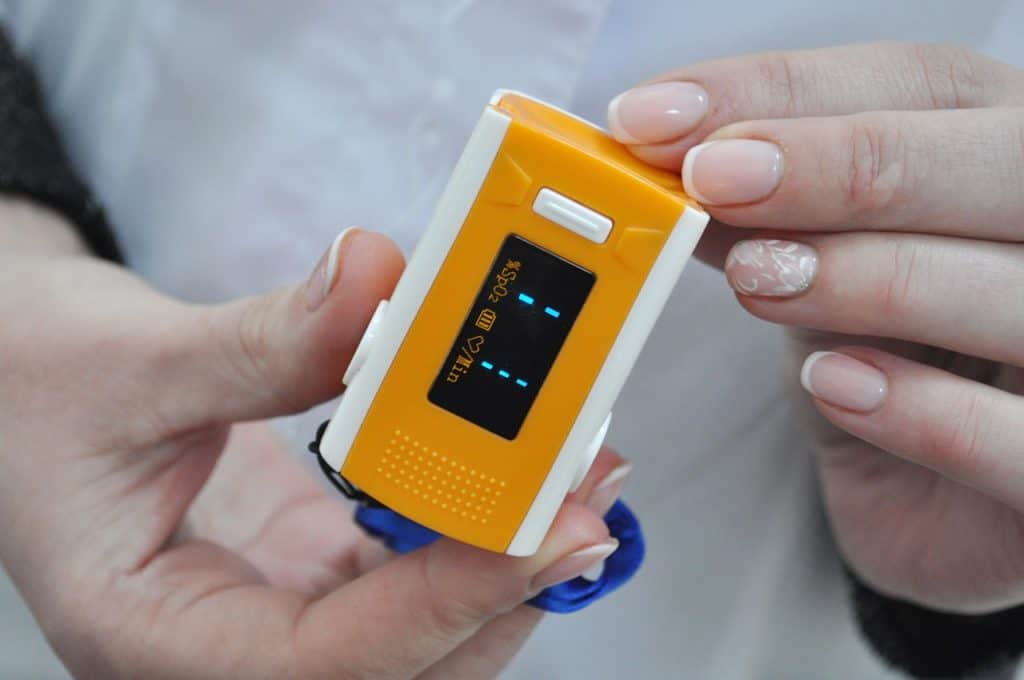Medical device manufacturing is a process that requires knowledge of materials. Many components go into the medical devices themselves, but there are also other materials needed for the production process. This blog post will discuss some of these key materials and how they help make medical device manufacturing successful.
Metals
One of the most common materials used in medical device manufacturing is metals. Metals are used to produce medical device components like stents, screws, and plates which provide strength and durability. Other metals that are useful in the production process include aluminum, steel alloys, iron, or titanium for example. Sometimes, a medical device component will have a metal coating to provide added strength and protection.
In addition to this, there are metals used for other purposes in the manufacturing process. For example, there is a metal wire that may be coated to make it corrosion resistant or even non-corrosive depending on its use. There are also stainless steel wires which can provide an antimicrobial environment around medical devices and components made from plastic.
Plastics
Plastic is another very common material used in medical device manufacturing. Several different types of plastic can be used depending on the exact components and design needed for a specific medical device. Polymers are one type of plastic that may be useful because they do not react with other substances present during production or afterward while being handled by people who will use them to treat patients.
Teflon may also be used to produce medical device components like catheters or tubes for example because it does not interact with the substances present during the manufacturing process. You may even find some laminating self-adhesive materials used to put these plastics together. These are just a few of the different types of plastics that can be useful in various aspects of medical device production, but there are many others as well including polycarbonate and polyvinyl chloride.
Rubber
In addition to the different types of plastics that can be used in medical device manufacturing, there are also other materials such as rubber which is useful for producing components like gaskets or tubing where a softer material may be needed instead of plastic or metal. There are many reasons why these materials come together during production, and it is important to know the key components.
Nevertheless, rubber is a very common material used in medical device manufacturing due to its flexibility and durability. Some of the most popular types include neoprene, nitrile rubber, or natural rubber depending on what exactly is needed for each specific application.
Paper and Other Fibers
Aside from metal, plastic, and rubber, there are other materials like paper that can be useful in medical device manufacturing. This is because paper can be used to create devices like filters or tubing which you may not need metal components for since their purpose would be different from other aspects of medical device production.
Ceramics
Another popular material used in medical device manufacturing is ceramics. Ceramic materials are ideal for producing product components like bone screws, hip implants, and dental implant fixtures because they provide strength without having to use metal parts or any part of an animal which can produce diseases that might affect humans.
Composites
Composites are also used in the medical device manufacturing process. There are several different types of composites that can be useful including carbon fiber or Kevlar for example which both have a high strength to weight ratio compared to other materials. There may even be some polymeric reinforcements with these materials as well depending on what they will need most during production and afterward when they are used in a medical environment.
Biomaterials
Finally, some biomaterials may be used in the medical device manufacturing process. These materials include biological polymers like collagen which can act as scaffolding for cells to grow on, or they could contain living cells themselves when combined with other types of biomaterials.
This blog has been a quick overview of the different types of materials used in medical device manufacturing. There are many different components and processes involved in creating the final medical devices you will see in a hospital or other medical environment. You may have heard of materials like metal, ceramic, polymer, and composite before. But what about biomaterials? They are a newer category of material that is used in surgical instruments to help prevent infections or foreign objects from entering the body. The materials that those devices are made of may be different depending on the design and function, but you will find a lot of common factors as well. As you can see, there are many considerations to take into account when deciding which material is best for medical-grade products and what it will be used for.
You may also like
-
Common Misconceptions About Disability Law and Lawyers
-
Finding the Right Disability Lawyer: Key Factors to Consider
-
Creating Families Across Canada: The Journey Through Adoption
-
Understanding the Practical Applications of Ibutamoren in Research
-
Navigating Regulations and Permits in the Crude Oil Hauling Industry
